Ancient Mayan Crystal Skull of Destiny: Made by Aliens?
/By Epoch Times
The Mitchell-Hedges skull is, in a certain sense, a technical impossibility. Weighing around 11 pounds, this near-perfect replica of a female skull sculpted in rock crystal has a finish that would have been impossible to achieve without relatively modern methods, according to scientists. These are methods that the Mayan culture is not known to have possessed.
According to some historical accounts, the “Skull of Destiny” was found in 1927 by the English explorer Fredrik A. Mitchell-Hedges among Mayan ruins in Lubaantun, Belize. However, some insist that the investigator instead bought the piece in a Sotheby’s auction in London in 1943.
Whatever the case, the rock crystal skull is cut and polished so perfectly, exhibiting the finest artistry and craftsmanship, that it is an invaluable work of art. However, to be certain of the first hypothesis (that the skull is Mayan in origin), we are faced with a series of important questions.
The skull exhibits an attention to detail that suggests it had a great importance—some insist that it even has healing powers. It was designed with a detachable jawbone, which was found several months after the cranium had been unearthed. But both sections are thought to have come from the same piece of quartz.
This skull has attracted specialists from various disciplines for many years. Due to the quality of the carving (far surpassing what many would expect for its age), some have even claimed that this specimen could be the work ancient esoteric groups with supernormal powers.
The skull was subject to various analyses. One of the unsolved mysteries arises from the material from which the skull is carved. Quartz crystal, known to possess a hardness rating of 7 on the Mohs scale—a scale of hardness of elements from 0 (talc) to 10 (diamond)—it is astonishing that this specimen could have been carved without modern tools employing hard substances such as ruby or diamond.
So what tools were used to carve this enigma? Studies of the skull made in the 1970s by Hewlett-Packard determined that the skull could not have been made with metal tools, as there are no microscopic scratches on its surface. Furthermore, they determined that it would have had to have been polished by sand erosion for a period of 300 years to reach such a high degree of flawless perfection.
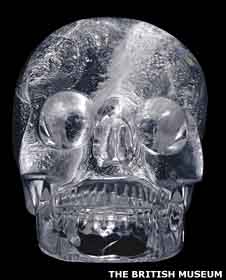
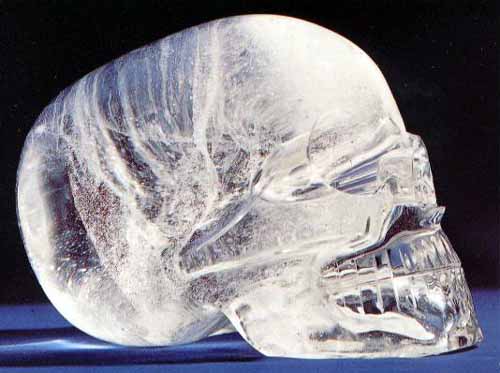
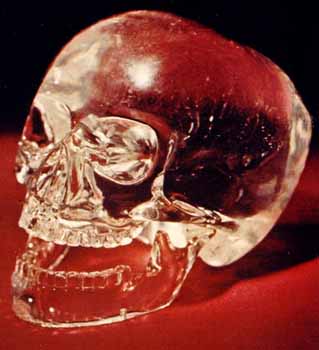
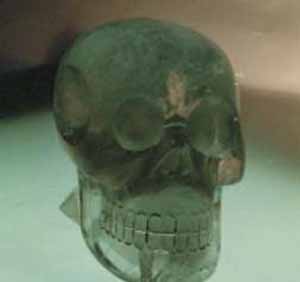
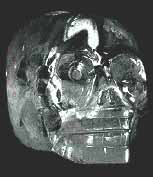
Could the Mayans have consciously planned a work of this sort, anticipating a wait of three centuries to see its completion? Such a feat would have required a concentration seen over several generations. Yet the Mitchell-Hedges skull is not the only one of its kind. Thirteen crystal skulls have been found throughout Mexico and South America, unearthed near ancient Mayan and Aztec sites.
Several similar skulls have even been found in different parts of the world, yet many are constructed of materials other than quartz. Even an entire skeleton of jade, on a scale slighter smaller than human, was found in Mongolia. It’s estimated to have been made around 2200 to 3500 B.C.
So who are responsible for these perfectly carved oddities? Is it the work of a technically advanced civilization whose tools and methods have yet to be discovered, or perhaps extraterrestrials? Of course, there are those who doubt the authenticity of many of these artifacts—but there is something that is undeniable: The phenomena of crystal skulls and other similar artifacts will continue to be a subject of interest for investigators.









